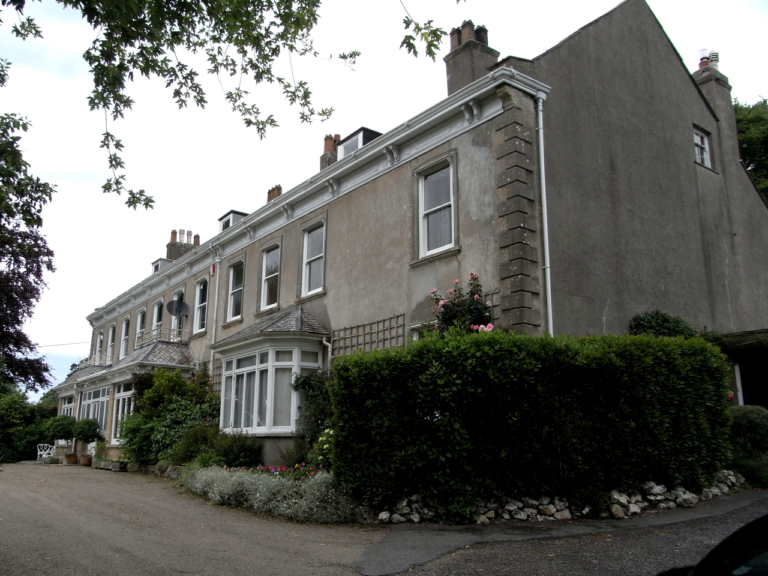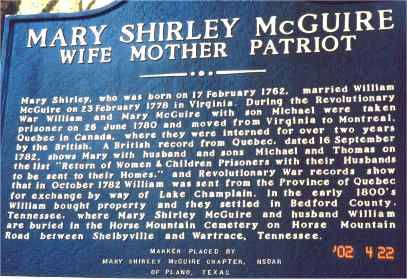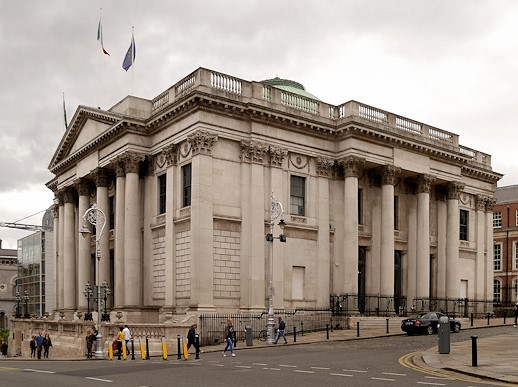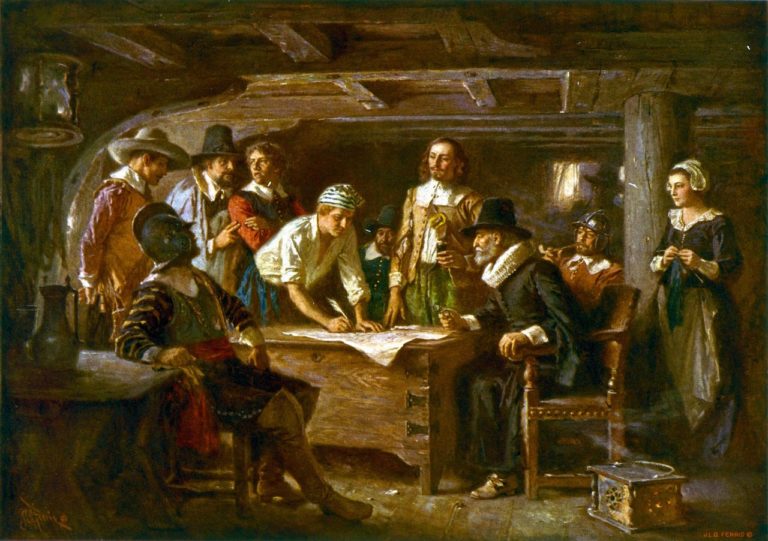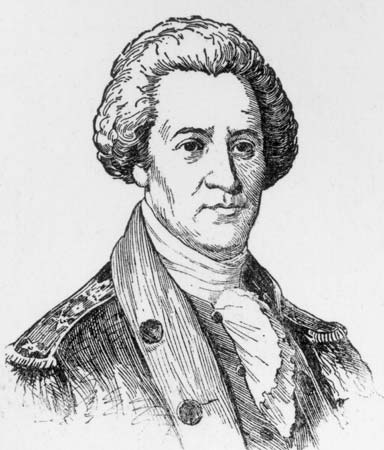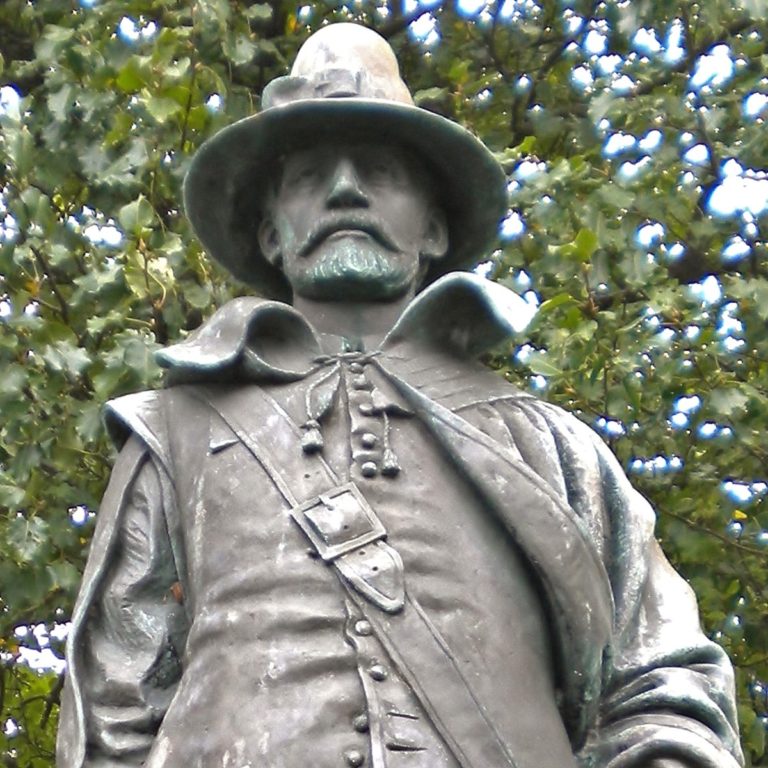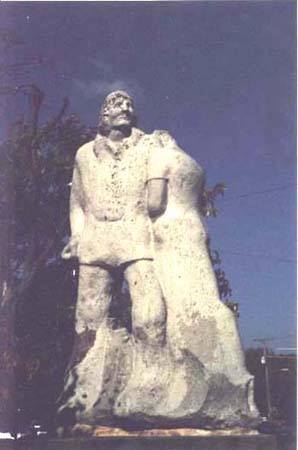Words From your Grandpa
Words from your grandpa may go unheeded and I really don’t anticipate that my grandchildren will ever read these words but I plan to tell them anyway. Being a grandparent is an awesome thing that happens to a person. It is kind of like a reward for enduring the parenting years. I never dreamed of…


